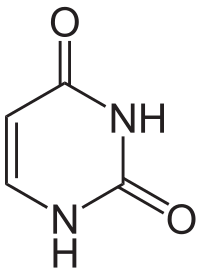
Photo from wikipedia
Molecular hybridization is a ligand based drug design approach is well known recent medicinal chemistry to design anti-parasitic agents. In the present study, we have designed a series of (1-phenyl-9H-pyrido… Click to show full abstract
Molecular hybridization is a ligand based drug design approach is well known recent medicinal chemistry to design anti-parasitic agents. In the present study, we have designed a series of (1-phenyl-9H-pyrido [3,4-b]indol-3-yl) (4-phenylpiperazin-1-yl)methanone derivatives using molecular hybridization approach. Designed analogues were evaluated for cytotoxicity and inhibition activity against Leishmania infantum and Leishmania donovani. Among these reported analogues 7b, 7d, 7e, 7f and 7m displayed potent inhibition of both L. infantum and L. donovani. Compounds 7i and 7k exhibited selective potent inhibition of L. donovani. Especially, compounds 7e and 7k showed most potent anti-leishmanial activity against L. infantum and L. donovani respectively. Anti-leishmanial activity of these compounds is comparable with standard drugs miltefosine and pentamidine. SAR studies revealed that, electron donating group substitution on phenyl ring recommended for potent anti-leishmanial activity.
Journal Title: European journal of medicinal chemistry
Year Published: 2018
Link to full text (if available)
Share on Social Media: Sign Up to like & get
recommendations!